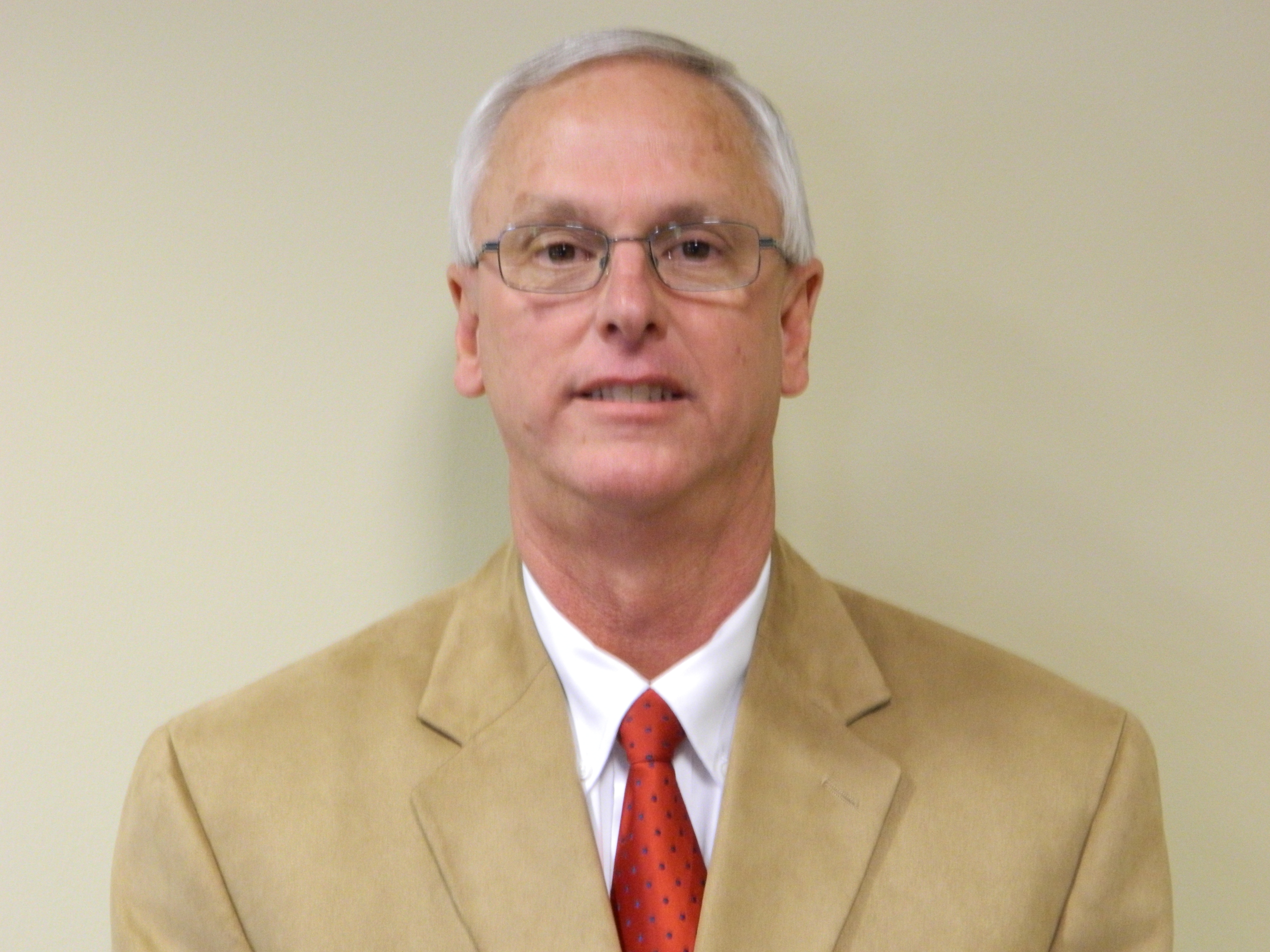Weather dampens Cleveland Utilities revenue
Saturday, September 7, 2013
CLEVELAND, Tenn. - Cooler temperatures and wetter weather have caused some expected income shortfalls in Cleveland Utilities' electric and water divisions.
"The weather, and particularly the amount of rain we have experienced since the beginning of this calendar year, has taken its toll on the volumes in fiscal year 2013," said Ken Webb, vice president of Cleveland Utilities' financial division.
Compared to budgeted volumes, the electric division achieved 95.7 percent and the water division achieved 97.4 percent, Webb said. Wastewater volume came closest to its budget at 99.5 percent.
The net incomes for the electric and water divisions amounted to $1.1 million and $461,000, respectively, for 2012-13. The electric division fell short by $760,000, but the water division only missed its budgeted income by $24,000 due to unexpected expense reductions, Webb said.
The shortages were estimated during the preparation for the 2013-14 budget, so they are "disappointing but are not a surprise," he said.
The electric and water divisions serve about 30,000 customers each. The average retail price for electricity was 8.85 cents per kilowatt hour and the average price for water was $4.30 per 1,000 gallons.
The heavy rainfall for 2013, which measured 59.88 inches by early September, has not overwhelmed the utilities' wastewater system, said Craig Mullinax, vice president of the water division in a previous meeting. Flooding rains in late June and early July caused some overflows, he said, but not major problems.
Cleveland Utilities' 10-year plan to reduce sewage overflows - known as the "Strategic Commitment to Protect the Environment," or SCOPE-10 - is well under way in its second year, Mullinax said.
The project calls for rehabilitating the wastewater system by reducing significant infiltration of stormwater into the sewer lines through worn or broken pipes and manhole stations. SCOPE-10's strategy targets the worst infiltration problem spots, but not every crack and leak, making the most of multimillion-dollar investment, officials said.
Three areas, or basins, are involved in the rehabilitative project, Mullinax said.
Basin 31-45, which mostly falls to the east of South Lee Highway, has undergone significant repair work involving the lining of damaged pipe sections with resin-saturated inner sleeves made of woolen material, according to previous reports presented by Greg Clark, who manages the wastewater rehabilitation program.
Basin 10-36, which lies between Keith Street and Interstate 75, has undergone manual manhole inspections, nontoxic smoke tests and video monitoring, Mullinax said. Rehabilitation plans are under development based on the collected data.
The most recent area addressed by the project is in the area near Wildwood Avenue and Inman Street, Mullinax said. Smoke tests are expected to be performed in September, following the recent completion of 355 manhole inspections.
Paul Leach is based in Cleveland. Email him at paul.leach.press@gmail.com.
